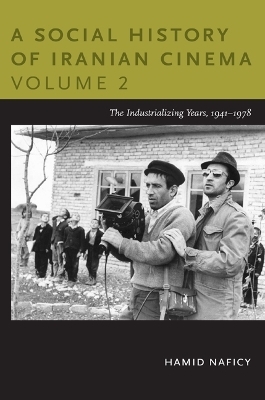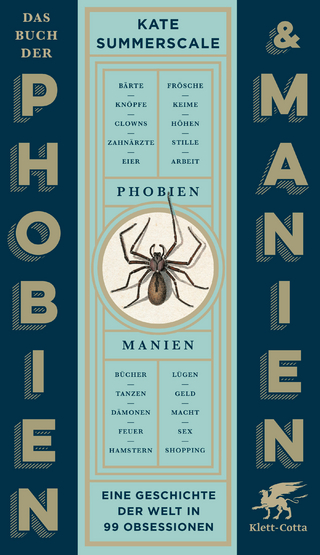
A Social History of Iranian Cinema, Volume 2
Duke University Press (Verlag)
978-0-8223-4774-3 (ISBN)
Hamid Naficy is one of the world’s leading authorities on Iranian film, and A Social History of Iranian Cinema is his magnum opus. Covering the late nineteenth century to the early twenty-first and addressing documentaries, popular genres, and art films, it explains Iran’s peculiar cinematic production modes, as well as the role of cinema and media in shaping modernity and a modern national identity in Iran. This comprehensive social history unfolds across four volumes, each of which can be appreciated on its own.Volume 2 spans the period of Mohammad Reza Shah’s rule, from 1941 until 1978. During this time Iranian cinema flourished and became industrialized, at its height producing more than ninety films each year. The state was instrumental in building the infrastructures of the cinema and television industries, and it instituted a vast apparatus of censorship and patronage. During the Second World War the Allied powers competed to control the movies shown in Iran. In the following decades, two distinct indigenous cinemas emerged. The more popular, traditional, and commercial filmfarsi movies included tough-guy films and the “stewpot” genre of melodrama, with plots reflecting the rapid changes in Iranian society. The new-wave cinema was a smaller but more influential cinema of dissent, made mostly by foreign-trained filmmakers and modernist writers opposed to the regime. Ironically, the state both funded and censored much of the new-wave cinema, which grew bolder in its criticism as state authoritarianism consolidated. A vital documentary cinema also developed in the prerevolutionary era.
A Social History of Iranian Cinema
Volume 1: The Artisanal Era, 1897–1941
Volume 2: The Industrializing Years, 1941–1978
Volume 3: The Islamicate Period, 1978–1984
Volume 4: The Globalizing Era, 1984–2010
Hamid Naficy is Professor of Radio-Television-Film and the Hamad Bin Khalifa Al-Thani Professor in Communication at Northwestern University. He is the author of An Accented Cinema: Exilic and Diasporic Filmmaking, The Making of Exile Cultures: Iranian Television in Los Angeles, and (in Persian) Film-e Mostanad, a two-volume history of nonfiction cinema around the world. Naficy helped to launch ongoing annual Iranian film festivals in Los Angeles and Houston.
List of Illustrations ix
Acknowledgments xiii
Organization of the Volumes xxi
A Word about Illustrations xxvii
List of Abbreviations xxix
1. International Haggling over Iranian Public Screens 1
2. The Statist Documentary Cinema and Its Alternatives 49
3. Commercial Cinema's Evolution: From Artisanal Mode to Hybrid Production 147
4. Family Melodramas and Comedies: The Stewpot Movie Genre 197
5. Males, Masculinity, and Power: The Tough-Guy Movie Genre and Its Evolution 261
6. A Dissident Cinema: New-Wave Films and the End of an Era 325
Notes 433
Bibliography 473
Index 497
| Zusatzinfo | 83 photographs, 7 tables |
|---|---|
| Verlagsort | North Carolina |
| Sprache | englisch |
| Gewicht | 771 g |
| Themenwelt | Kunst / Musik / Theater ► Film / TV |
| Geisteswissenschaften ► Geschichte ► Regional- / Ländergeschichte | |
| Geschichte ► Teilgebiete der Geschichte ► Kulturgeschichte | |
| Geschichte ► Teilgebiete der Geschichte ► Sozialgeschichte | |
| ISBN-10 | 0-8223-4774-1 / 0822347741 |
| ISBN-13 | 978-0-8223-4774-3 / 9780822347743 |
| Zustand | Neuware |
| Haben Sie eine Frage zum Produkt? |
aus dem Bereich


